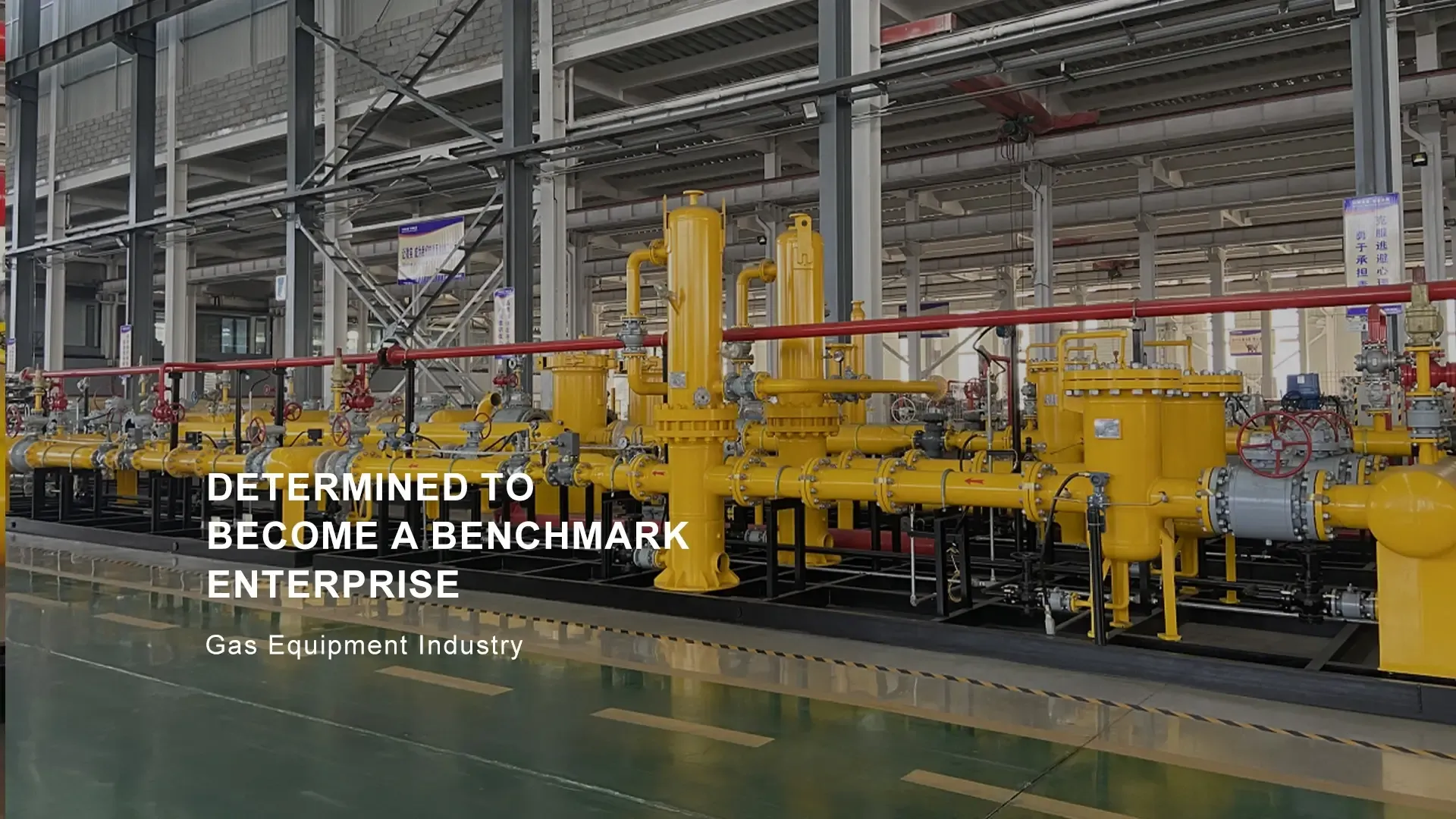
Nov . 22, 2024 20:21
Back to list
gasification equipment
Gasification Equipment Transforming Waste into Energy
Gasification equipment plays a pivotal role in the conversion of organic materials into valuable energy resources. This technology employs high temperatures and controlled amounts of oxygen or steam to break down carbon-containing substances, such as biomass, coal, or waste materials, into synthesis gas (syngas). Syngas can then be utilized for various applications, including electricity generation, chemical production, and as a fuel for heating.
The Gasification Process
The gasification process involves several stages, beginning with the preparation of feedstock. The materials must be processed into a size and moisture content suitable for efficient gasification. Once prepared, the feedstock is introduced into a gasifier, a vessel designed to facilitate the chemical reactions necessary for conversion. Inside the gasifier, the conditions are carefully controlled to ensure optimal gas production.
During gasification, the feedstock undergoes three primary reactions drying, pyrolysis, and char gasification. Initially, moisture is removed through drying. Next, pyrolysis occurs, where the material is thermally decomposed into solid char, tar, and volatile gases. Finally, char gasification takes place, reacting the char with steam and oxygen to produce syngas, primarily composed of carbon monoxide (CO) and hydrogen (H2). The ability to finely tune these conditions allows operators to tailor the gasification process to the specific feedstock and desired end products.
Types of Gasification Equipment
There are several types of gasification equipment, each designed for different applications and types of feedstock
. Some common types include1. Fixed Bed Gasifiers In this design, the feedstock is loaded into a stationary bed. The gas flows through the bed from the bottom or top, facilitating the gasification reactions. This type is often used for biomass and coal, with applications ranging from small-scale power generation to larger industrial processes.
gasification equipment

2. Fluidized Bed Gasifiers These gasifiers utilize a bed of solid particles that are kept in fluid motion by the upward flow of gas. This design allows for better heat and mass transfer, leading to more efficient gasification. Fluidized bed gasifiers are particularly suited for heterogeneous feedstocks like agricultural residues and municipal solid waste.
3. Entrained Flow Gasifiers In this system, the feedstock is rapidly fed into a high-temperature environment where it is entrained in a stream of gas. This design offers high efficiency and is commonly used in large-scale operations. It is suitable for feedstocks with fine particle sizes and is often deployed in coal gasification.
Benefits of Gasification
Gasification equipment offers numerous advantages as a waste-to-energy technology. It provides a sustainable solution for managing waste materials, transforming them into usable energy and minimizing landfilling. By utilizing biomass and other organic materials, gasification reduces greenhouse gas emissions compared to traditional fossil fuel combustion.
Moreover, the versatility of syngas makes it a valuable resource. It can be used to generate electricity through gas turbines, produce hydrogen for fuel cells, or serve as a feedstock for chemical synthesis, including the production of fuels and other valuable chemicals. As such, gasification holds great potential for contributing to a circular economy, where waste is repurposed into valuable energy rather than being discarded.
Conclusion
In conclusion, gasification equipment serves as a critical technology in the quest for sustainable energy solutions. By converting various feedstocks into syngas, it not only offers a method for waste management but also generates clean energy. With the growing emphasis on renewable resources and the fight against climate change, the role of gasification in the energy landscape is increasingly recognized as vital to achieving a more sustainable future. As innovations continue to emerge in gasification technology, its applications are likely to expand, further solidifying its importance in the global energy transition.
Next:
Latest news
-
Safety Valve Spring-Loaded Design Overpressure ProtectionNewsJul.25,2025
-
Precision Voltage Regulator AC5 Accuracy Grade PerformanceNewsJul.25,2025
-
Natural Gas Pressure Regulating Skid Industrial Pipeline ApplicationsNewsJul.25,2025
-
Natural Gas Filter Stainless Steel Mesh Element DesignNewsJul.25,2025
-
Gas Pressure Regulator Valve Direct-Acting Spring-Loaded DesignNewsJul.25,2025
-
Decompression Equipment Multi-Stage Heat Exchange System DesignNewsJul.25,2025

